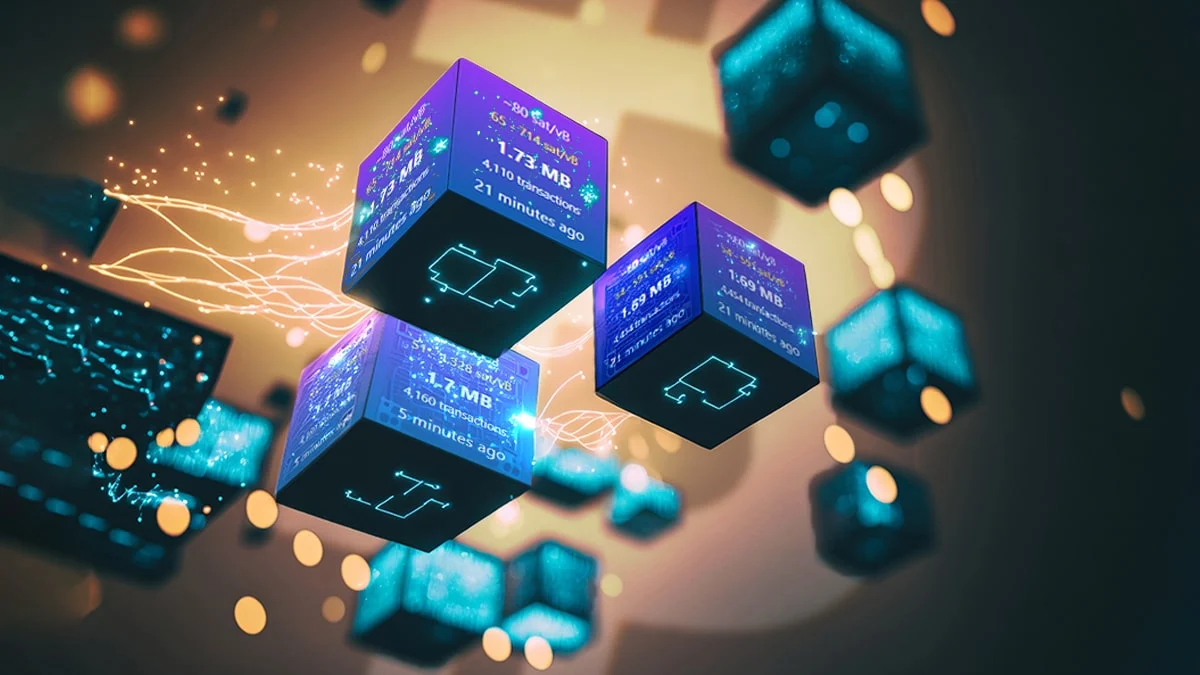What is Mempool? Mempool is one of the important segments in most blockchains today and is also where profits are generated for miners or validators. So what is mempool, what are its advantages and disadvantages? Let’s find out together in the article below.
What is Mempool?
History begin
The history of mempools in blockchain dates back to when Satoshi Nakamoto created Bitcoin in 2009. But at that time, the mempool was unnamed and was just a part of the codebase. As the Bitcoin network grows, mempools become an important part of the transaction confirmation process. Network nodes back up the mempool and update it when a new transaction is created.
It can be seen that most of the basic concepts in blockchain mainly come from the Bitcoin whitepaper written by Satoshi Nakamoto.
Overview of mempool
Mempool is short for Memory Pool and refers to a space or area that stores transactions waiting to be included in the blockchain by miners or validators. Transactions will be saved to the mempool before being mined into the blockchain by miners or validators. Transactions in the mempool are included in blocks based on criteria such as transaction fees, transaction size, and priority of the transaction.

Each node will have a different mempool and nodes must always share information about their mempool with other nodes.
Everyone can imagine the operating mechanism and position of the mempool in the blockchain as follows:
- Step 1: The user creates the transaction and will sign it on his own wallet.
- Step 2: Will nodes on the blockchain check whether the transaction is valid or not?
- Step 3: If the transaction is valid it will be sent to mempool.
- Step 4: At mempool, miners or validators will select transactions based on a number of criteria, mainly transaction fees, to include in the blockchain.
Usually, miners or validators will choose transactions with high fees or they have transactions to profit from arbitrage to put into the blockchain first. That is why it is said that mempool is a gold mine for miners.
Besides, nodes on the blockchain network often have a limit on mempool size. If the mempool is full, new transactions will be rejected and users will need to pay higher transaction fees to ensure that their transactions will be prioritized for inclusion in the mempool.
Advantages of Mempool in Blockchain
- Prioritize high transaction fees: This attracts miners to join the blockchain, thereby making the network more decentralized and more secure.
- Controlling transaction speed: Mempool can partly help us predict the transaction speed on each blockchain to take preventive measures.
- Fee control: Users have the right to decide how much fee they pay for a transaction on a blockchain.
Disadvantages of Mempool in Blockchain
Besides the advantages, mempool also has some disadvantages such as:
- The mempool may be clogged: In case the Mempool is full, transactions cannot be completed, making the Blockchain network slow and expensive.
- Fees are pushed up: Because miners choose transactions with high fees to execute first, in times of strong market fluctuations, later players can set higher fees than previous users, leading to a situation where fees are pushed up too high. .
- MEV: Mempool is where miner’s power is ultimate so there will be some fraudulent activities by miners to make profit.
- Slow transaction: Complying with the fee market can make it difficult for new entrants if they offer low fees.
- Uniqueness of mempool: Each node will have its own Mempool and will always share it with other nodes, so if there are problems sharing the Mempool, the Blockchain network will encounter some problems.
Some misunderstandings about Mempool
- Not all transactions in Mempool will be included in the latest block.
- Each node will have a different Mempool configuration, but we will have a maximum size and common operating mechanism between the Mempools of the nodes.
- Mempool is just a place where transactions are being arranged to be included in blocks on the blockchain, not where the blocks of the blockchain are stored.
One big thing to note is that not all blockchains have a Mempool. There are still a number of blockchains that have different operating mechanisms without the need for a Mempool such as:
- IOTA: IOTA does not use a mempool to confirm transactions on the network. Instead, IOTA uses a mechanism called “Tangle”, in which transactions are linked to other transactions on the network to confirm validity.
- Nano: Nano is another blockchain that does not use a mempool to confirm transactions. Instead, Nano uses a mechanism called “block lattice” to confirm transactions, where each account on the Nano blockchain has a separate blockchain.
- Solana: Solana has a block creation time of only about 0.4s so having a Mempool is not necessary. Validators will authenticate and put the transaction directly into the block.
Summary
Today we have Mempools worth up to hundreds of millions and even billions of dollars during hot market times for bitcoin or Ethereum. Mempool is a basic concept that anyone entering the crypto market should know.
Hopefully through this article, everyone will understand more about what Mempool is?


